
Exhibition 1_Group 06
| Team number | ?Group 06 |
|---|---|
| Students | Sebastiaan BenjaminsDan PruteanuZhuowenSofia |
| Coach | Untitled |
| Brief | Ford |
| Keywords | AssistanceFordexperience |
| Exhibition link | https://itd2021.notion.site/Exhibition-1_Page-Group-06-ca82a450006f49c7b57085ba941233fa |
| Status | Finished |
| One liner! | ?A car shouldn?t be just a tool, it should be a companion? |
| Link to video |
Exhibition
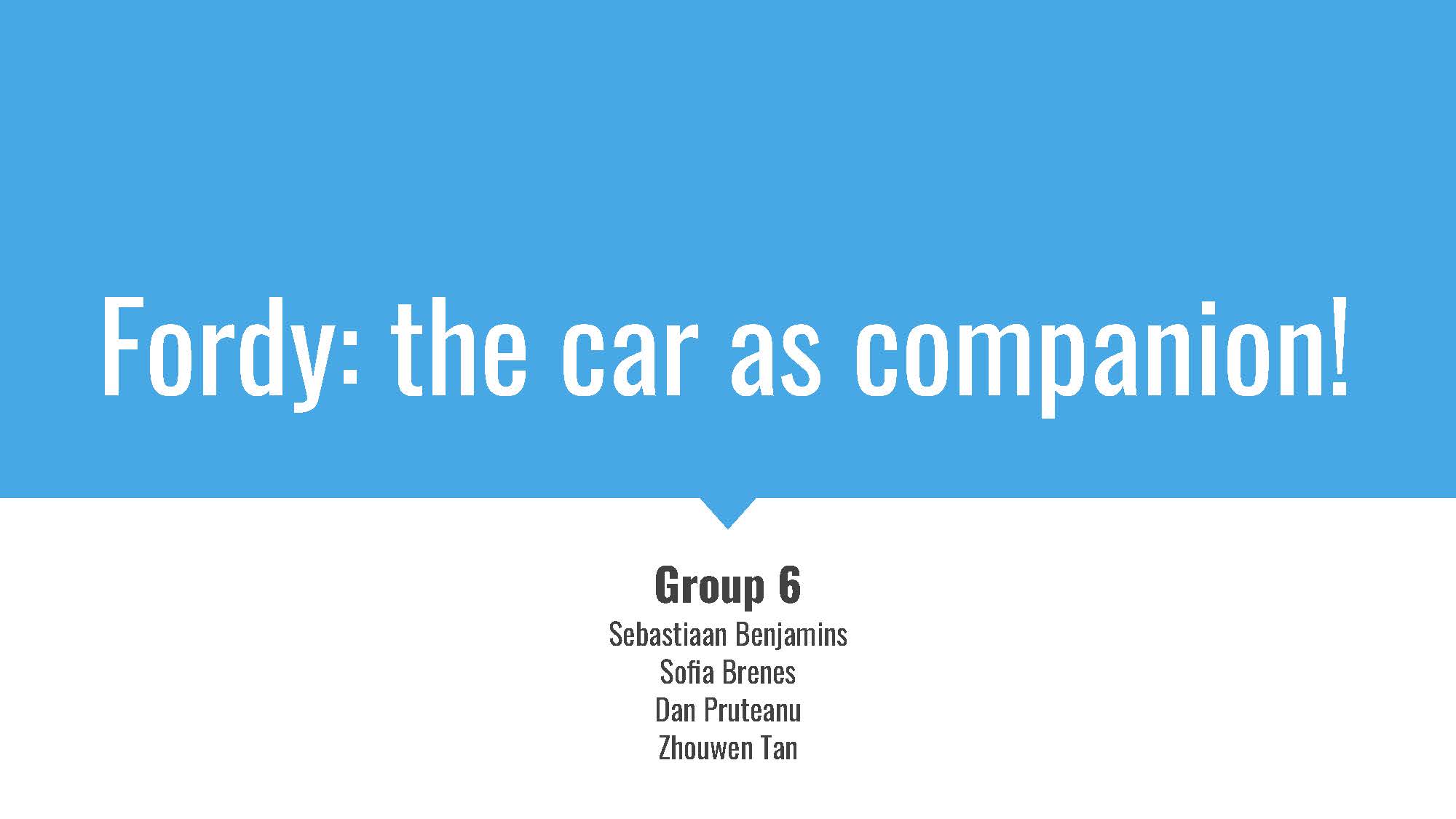
Introduction
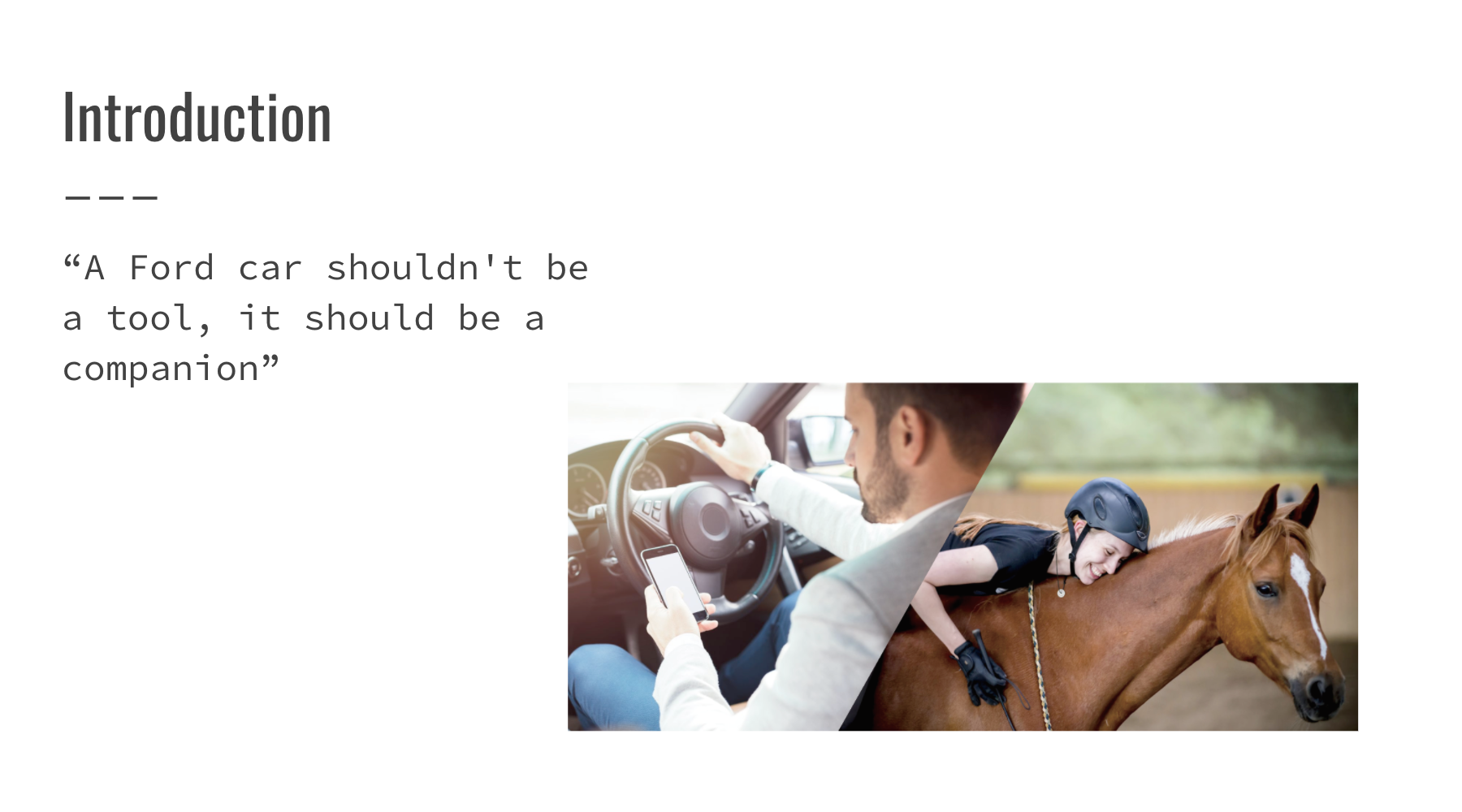
During the technological revolutions, we have more and more entrusted tasks to technology. With the rise of AI, this will increase even more. It can be scary to give up control over something you have done yourself all this time so it is crucial to create trustworthy AI?s. That is why we think cars should go back to their roots: horses. Horses were not only a tool but also companions and pets that are living beings and can be a friend.
Vision:
?A Ford car shouldn't be a tool, it should be a companion?
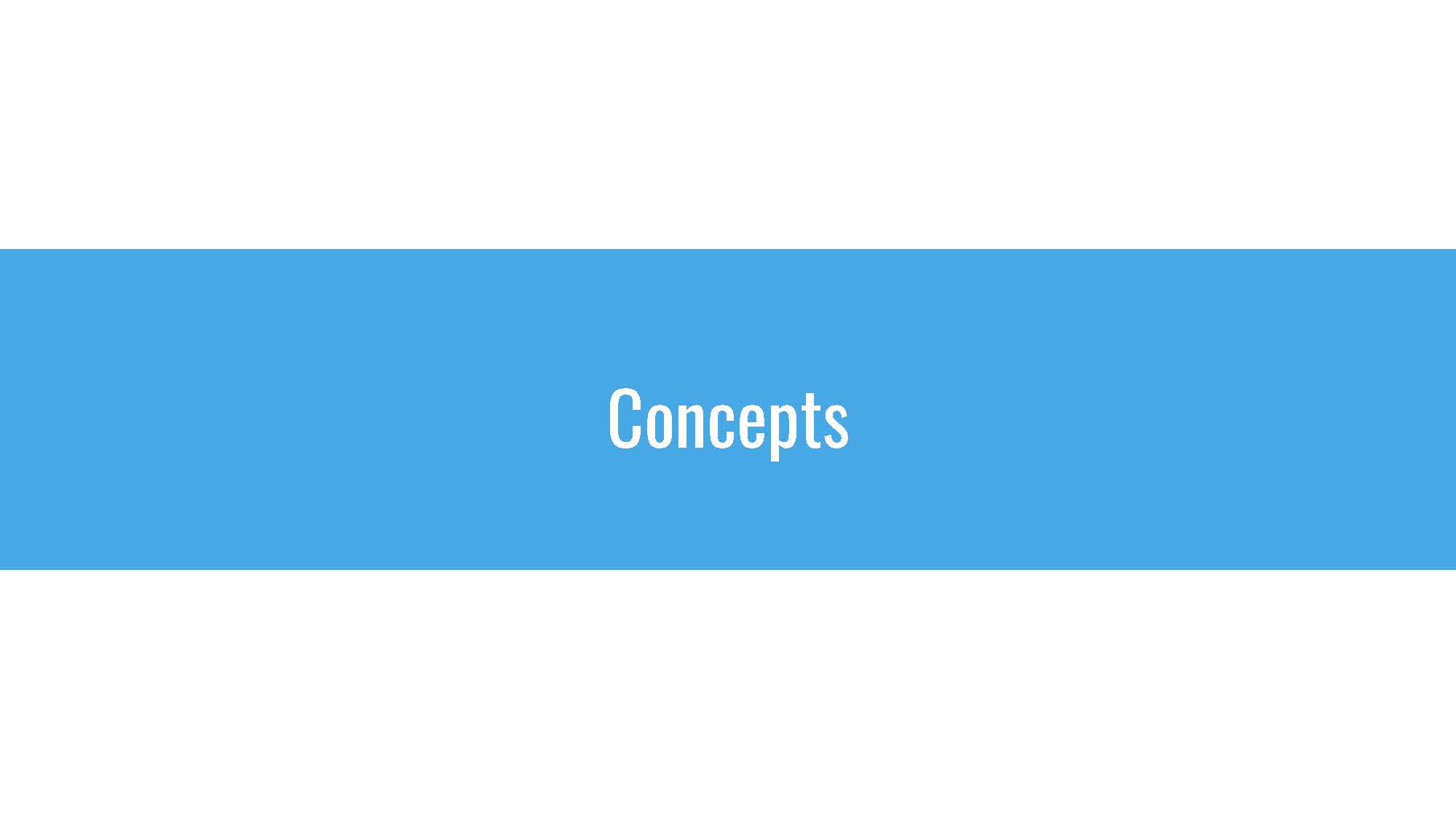
Fordy the accessibility assistant for the elderly

The concept is about providing accessibility and avoiding injuries related to the physical limitation and needs of adults over the age of 65. Fordy will assist in the ergonomic adaptation of car equipment such as height and inclination of the seat for easier getting in and out of the car. The seat elevates when the user wants to grab the handle, inclines when a person wants to get off the car, lowers when the person is approaching the car.
Tech & Functions:
- Posture and gesture recognition, (for instance if somebody wants to get off, grabbing certain handles)
- Image recognition, to recognize specific users of the car and their preferred settings
.gif)
Findings:
- Changing seat position does help the users to stand up more easily
- Due to the physical limitations, many elderly people cannot use only one leg as the main support to stand up, which however, is the way how people generally get off the car. Future design may consider whether we should assist them by facilitating their current posture or supporting them to go back to the posture used by persons who don?t have limitations.
Fordy the voice assistant for visually impaired users
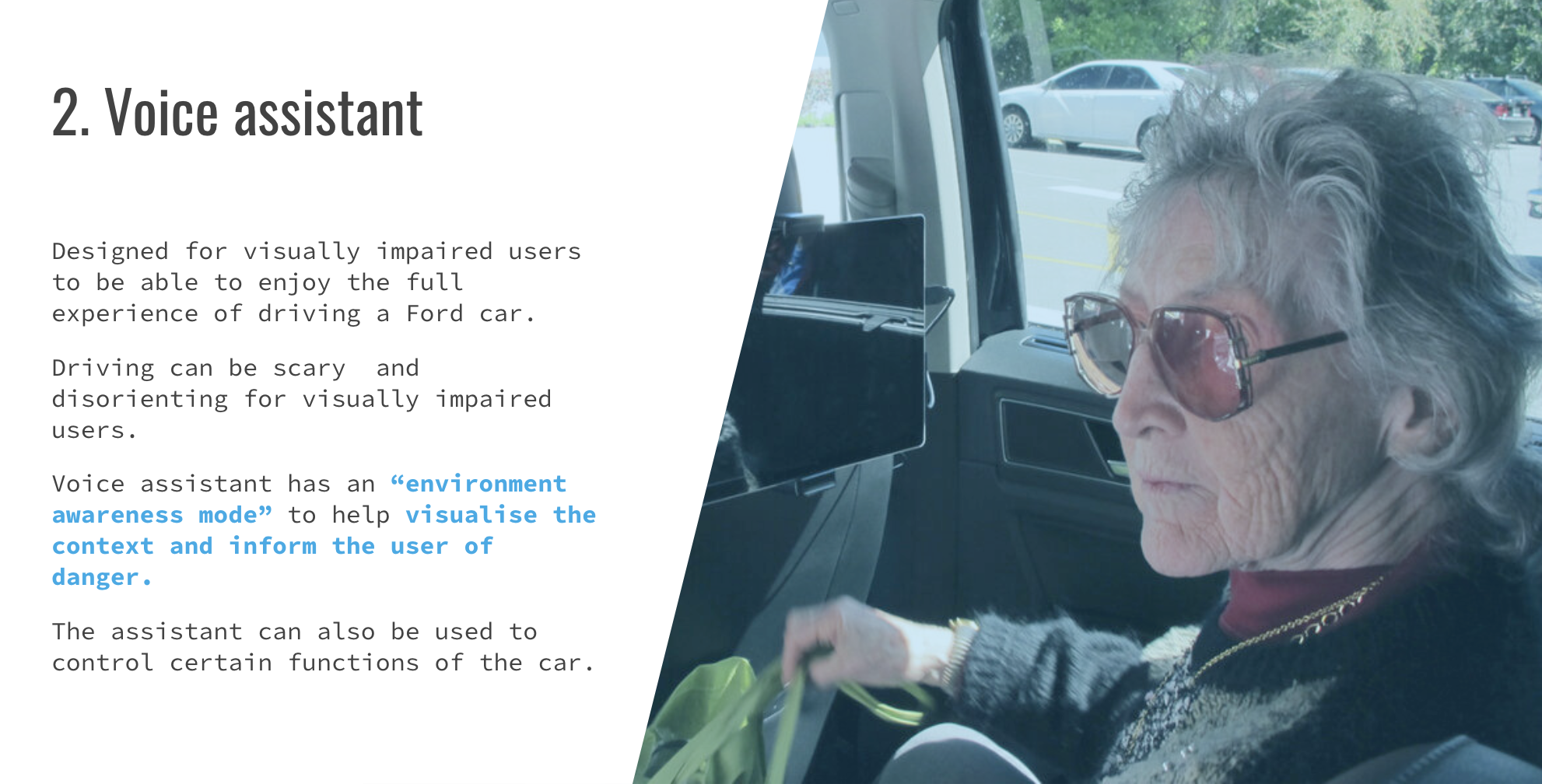
Being in the passenger seat of a car is an experience that shouldn?t be limited to being able to see, for it to be enjoyable. It can also be scary to not know what is going on around in the environment and in this case, it is worse because the person is in a vulnerable position in a potentially dangerous context.
The car has an ?environment awareness mode? that when activated helps visualize the immediate context for dangerous situations and/or to enhance a pleasant experience with a narration of the scenery. In this way even visually impaired users can ?see? by imagining what surrounds them.
Tech & Functions:
- Using voice control to be aware of the environment and inform the passenger of possible danger.
- Using voice control and gesture image recognition to control certain functions of the car such as the entertainment system and temperature.
Findings:
- We found in the tests that when the voice assistant did not respond, a participant would panic a little because it suggested something was wrong or it gave a sense of abandonment.
- The expectation of the power that the AI has, can be vague or specific. For example:
- ?I want coffee? (user is thinking the AI will take you to the nearest caf?)
- ?Take me to drive-through Starbucks at this street?
Fordy the interactive city tour guide

In times when people don?t have to drive anymore, they need something to do while they are waiting to arrive at the destination. Imagine that your car can give you a tour, into exploring your surroundings and telling stories. The design opportunity stands in the time the user sits while the car drives itself. New activities and interactions inside the car can be explored and implemented. Fordy will provide an interactive city tour experience to entertain people with fun lore. The user will learn about the history of landmarks and monuments.
Tech & Functions:
- Image object detection & voice interaction. The AI will graphically detect objects in the surrounding space such as buildings and landmarks. It will display ?Wikipedia? style information in the dashboard or say the facts out loud.
Landmark description: ?This windmill built in 1679 is the only remaining windmill of the 15 that once were in Delft?
Findings:
- People would like to have a visual representation of the description.
- They would like to be able to ask for more information about the things they like. Maybe add an ability to park the car or just ask for more.
Recap
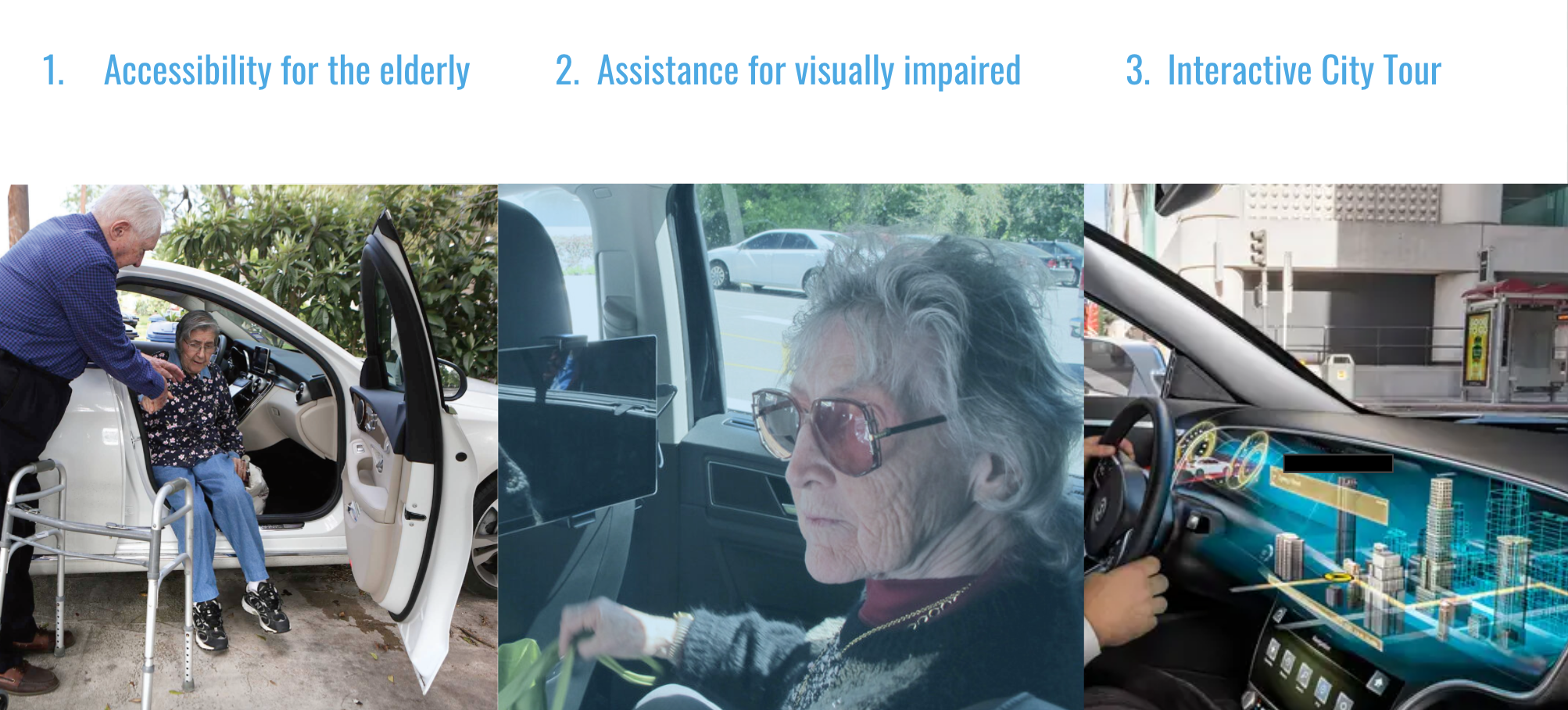
Next steps
- Choose one direction / blending some ideas together
Ford Q&A
- Which factors do you like from those ideas?
- Which user group do you find more valuable?
.gif)
.gif)
.gif)
.gif)
.gif)
.gif)
